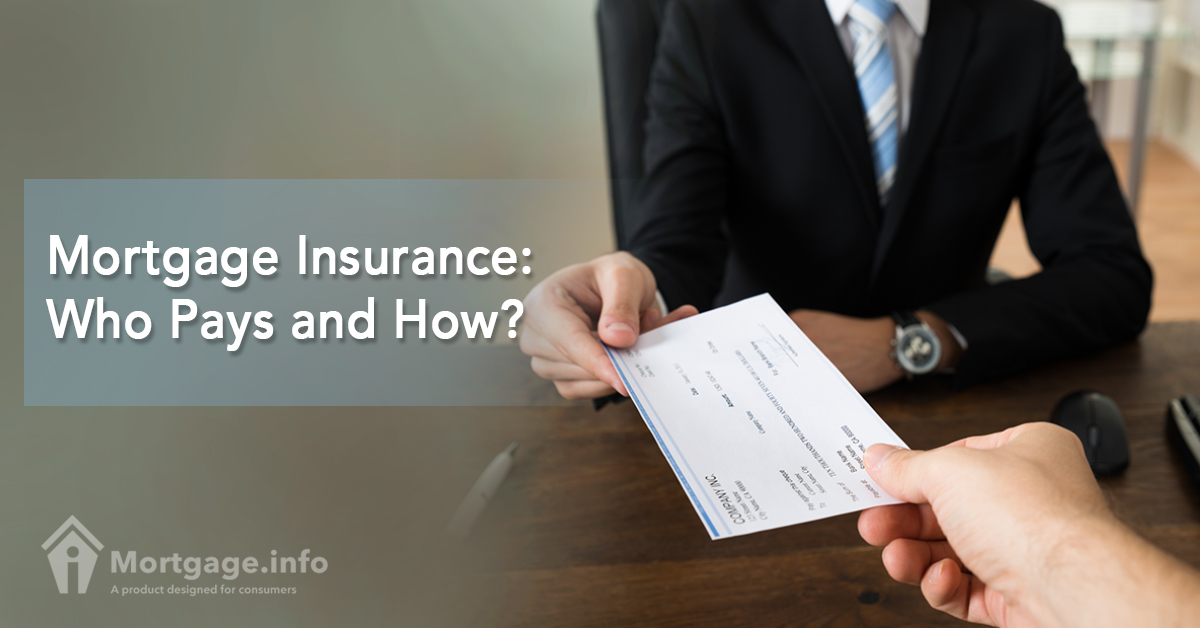
Let’s face it, not everyone can afford to put a 20% down payment on a home. In the era of 3.5% and 5% down payment mortgages, homebuyers are able to buy and own a home at lesser costs. But of course, they have to take out a mortgage insurance to cover the risk of default.
And borrowers of conventional loans are faced with two choices on how to pay their private mortgage insurance (PMI): go by the borrower-paid mortgage insurance (BPMI) route or the lender-paid mortgage insurance (LPMI) path. »Whichever is your choice, consult a lender to help you decide the best course.»
Mortgage insurance, briefly
Mortgage insurance is required in these circumstances:
- If you purchase a home and your down payment is less than 20%.
- If you refinance a home and your equity is less than 20%.
Fees on PMI vary and depend mainly on two factors: credit score and loan to value ratio. The higher the loan to value ratio or the lower the credit score, the more expensive the mortgage insurance fee becomes.
Credit Score
High credit score = lower lending risk and more creditworthy. Thus, borrowers with great credit scores can avail of the best rates and terms. These scores are in the 740 or higher range. 599 or lower is considered in the bad/low credit category.
Loan to Value
LTV is calculated as the amount of the mortgage debt divided by the appraised value of the property. The higher this ratio, the higher the risk and thus the need to buy a mortgage insurance to offset this risk.
So, who pays for mortgage insurance?
Borrower-Paid Mortgage Insurance (BPMI)
If you want to pay the mortgage insurance on your own, you can either make a large upfront fee at closing, or finance the mortgage insurance on a monthly basis.
»Get quotes from various lenders!»
Financing the mortgage insurance is usually the most common option, with borrowers paying a monthly MI premium on top of their monthly mortgage payment. Consequently, the MI payment makes the monthly mortgage payment higher.
But the good news is mortgage insurance can be cancelled at some point. That is, when:
- The LTV ratio reaches 78%. By that time, the BMPI gets automatically cancelled.
- The loan balance reaches 80% of the original value of the property. You have to send a request to your lender to terminate the BPMI.
With the BPMI gone, the monthly mortgage payments will definitely go lower.
Lender-Paid Mortgage Insurance (LPMI)
Here, the lender pays your mortgage insurance on your behalf. It recoups this cost by charging a higher interest rate on the loan. The monthly mortgage payments though will be lower compared to when you pay for the mortgage insurance yourself.
Qualifying for an LPMI loan may be harder than non-LPMI loans because of more stringent requirements, e.g. credit scores. And because the mortgage insurance is deeply embedded in the loan, the LPMI is not cancelable, even when home prices go up. The only time you can get rid of the LMPI is when the mortgage is paid off or refinanced.
But what makes LPMI attractive to borrowers is the potential of a large tax deduction. While mortgage payments are not tax-deductible, home mortgage interest payments can be deducted if they meet the IRS’s specifications.
Also, lower payments brought by LPMI make the debt-to-income ratio lower. This makes more debts more affordable to pay.
Public Mortgage Insurance?
Government agency Federal Housing Administration insures mortgage loans made to low- and moderate-income borrowers. Each FHA loan requires an upfront mortgage insurance premium (UFMIP) when the loan is taken out and an annual MIP that is actually paid monthly.
Per FHA’s mortgagee letter dated Dec. 20, 2000, the annual MIP will cease if the mortgage reaches an LTV of 78% due to accelerated payments. However, the monthly MIPs can only be canceled for FHA cases that closed after 31 December 2000 and cases with an assignment date before 3 June 2013.
As in all cases, you are responsible for paying the mortgage insurance on your loan. It’s just a matter of how the mortgage insurance is structured in your monthly payments. You can avoid paying the PMI altogether by coming up with a larger down payment but that’s for another day.
As of now, conduct due diligence on which option would work best for you. »Let us help you find a lender.»
